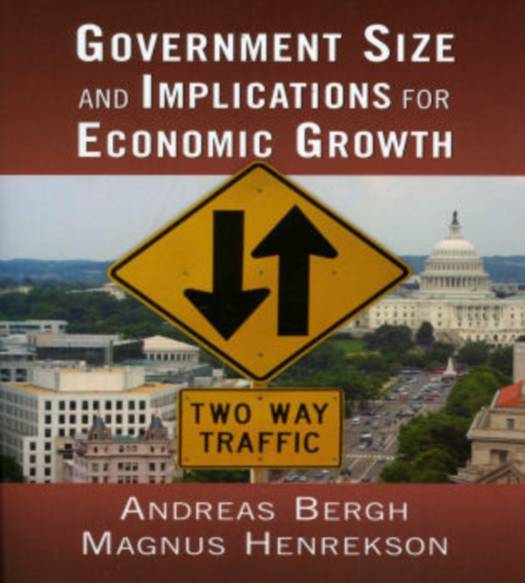
- Afhalen na 1 uur in een winkel met voorraad
- Gratis thuislevering in België vanaf € 30
- Ruim aanbod met 7 miljoen producten
- Afhalen na 1 uur in een winkel met voorraad
- Gratis thuislevering in België vanaf € 30
- Ruim aanbod met 7 miljoen producten
Zoeken
Health and Wealth Disparities in the United States
Andreas Bergh, Magnus Henrekson
Paperback | Engels
€ 62,45
+ 124 punten
Uitvoering
Omschrijving
Traditional measures of economic disparities among Americans of different race, gender, geographic location, and education level consider only material well-being, so that making two groups economically "equal" is as simple as matching their monetary incomes. This narrow focus on income may not, however, lead to a complete understanding of economic prosperity in the United States. Differences in health and longevity are also important dimensions of a populations overall well-being. In this volume, Anupam B. Jena, Tomas J. Philipson, and Eric C. Sun formally incorporate the effects of health into an analysis of economic disparities in America from 1940 to 200. They find that accounting for the value of health dramatically affects our understanding of wealth levels across groups-particularly across races. The income levels of blacks and whites followed a convergent trend until the 1970's, after which the rate of convergence slowed and even reversed slightly, suggesting that blacks' rate of economic progress has dwindled. However, when health gains are incorporated, the picture changes significantly. Black men and women made much faster improvements in health than white men and women over this sixty year period. Therefore, although black and white incomes have not converged fully, the overall disparity decreases when health is incorporated into the analysis. Jena, Philipson, and Sun conclude that even if income disparities remain vast across groups, disparities in general welfare may be shrinking as minorities and poorer populations see significant improvements in health-a finding that has important policy implications for the design of programs aimed at equalizing income across the U.S. Population.
Specificaties
Betrokkenen
- Auteur(s):
- Uitgeverij:
Inhoud
- Aantal bladzijden:
- 76
- Taal:
- Engels
Eigenschappen
- Productcode (EAN):
- 9780844743530
- Verschijningsdatum:
- 16/10/2010
- Uitvoering:
- Paperback
- Formaat:
- Trade paperback (VS)
- Afmetingen:
- 147 mm x 221 mm
- Gewicht:
- 113 g

Alleen bij Standaard Boekhandel
+ 124 punten op je klantenkaart van Standaard Boekhandel
Beoordelingen
We publiceren alleen reviews die voldoen aan de voorwaarden voor reviews. Bekijk onze voorwaarden voor reviews.











